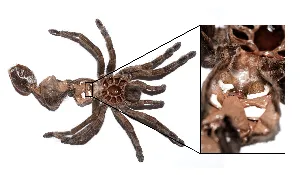What is Molting (Ecdysis) for Spiderlings
Molting, also known as ecdysis, is a crucial process for spiderlings, allowing them to grow and develop. This is the shedding of their exoskeleton, a hard outer layer that doesn’t grow with the spiderling. As the spiderling grows, the exoskeleton becomes too small, and the molting process allows it to shed the old one and reveal a new, larger one. This process is essential for the spiderling’s survival, providing them with the necessary space to expand and mature. It also allows them to regenerate lost limbs or other body parts. Understanding the molting process is fundamental for any spiderling owner, as it is a sign of healthy growth and development. The frequency of molting varies greatly depending on the species, age, and environmental factors, which we will explore in detail throughout this article.
The Molting Process
The molting process is a fascinating event in a spiderling’s life cycle. It begins with the formation of a new, soft exoskeleton beneath the old one. The spiderling then absorbs water, causing the old exoskeleton to split open, usually at the carapace (the top part of the cephalothorax). The spiderling then slowly wriggles out of the old exoskeleton, a process that can take anywhere from a few minutes to several hours, depending on the size and species. Once free, the spiderling is vulnerable, with a soft, flexible new exoskeleton. During this time, the spiderling will typically remain still, allowing its new exoskeleton to harden. The new exoskeleton is also often brighter or more vibrant in color, showcasing the spiderling’s fresh appearance. It’s a vulnerable time for the spiderling, making it crucial to provide a safe and undisturbed environment.
Pre-Molting Signs
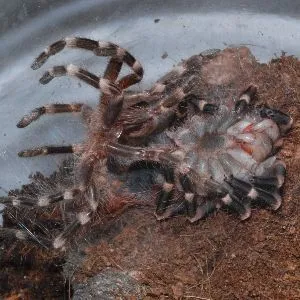
Recognizing the signs of pre-molting is vital for proper care. Spiderlings often exhibit several behavioral and physical changes before molting. One of the most common signs is a loss of appetite. They may refuse food for days or even weeks before the molt. Another sign is a change in color, with the spiderling’s abdomen often appearing darker or more translucent. Spiderlings may also become less active, spending more time in their hide or burrow. Additionally, you might notice the spiderling’s abdomen getting noticeably plumper, indicating the formation of the new exoskeleton beneath the old one. Some spiderlings may also create a web mat or seal themselves inside their burrow in preparation for the molt. Keep a close eye on your spiderling and be prepared to adjust its care as it approaches this critical phase of its life. This preparation is essential for a successful molt and the spiderling’s continued health and well-being. Observing these signs allows you to provide the best possible support, minimizing stress and ensuring a smooth transition.
Post-Molting Process
After molting, the spiderling will be in a vulnerable state, with a soft exoskeleton. It’s crucial to avoid any disturbances during this time. The spiderling will typically remain hidden, allowing its exoskeleton to harden completely. The hardening process can take several days or even weeks, depending on the species and size of the spiderling. Avoid feeding the spiderling immediately after molting, as its fangs and chelicerae will still be soft and unable to effectively capture and consume prey. Once the exoskeleton has fully hardened, the spiderling will resume its normal activities, including eating. The post-molt period is a time of significant growth, with the spiderling’s size noticeably increasing with each successful molt. Providing a stable and secure environment is key to support your spiderling during this recovery period.
Factors Influencing Molting Frequency
Species
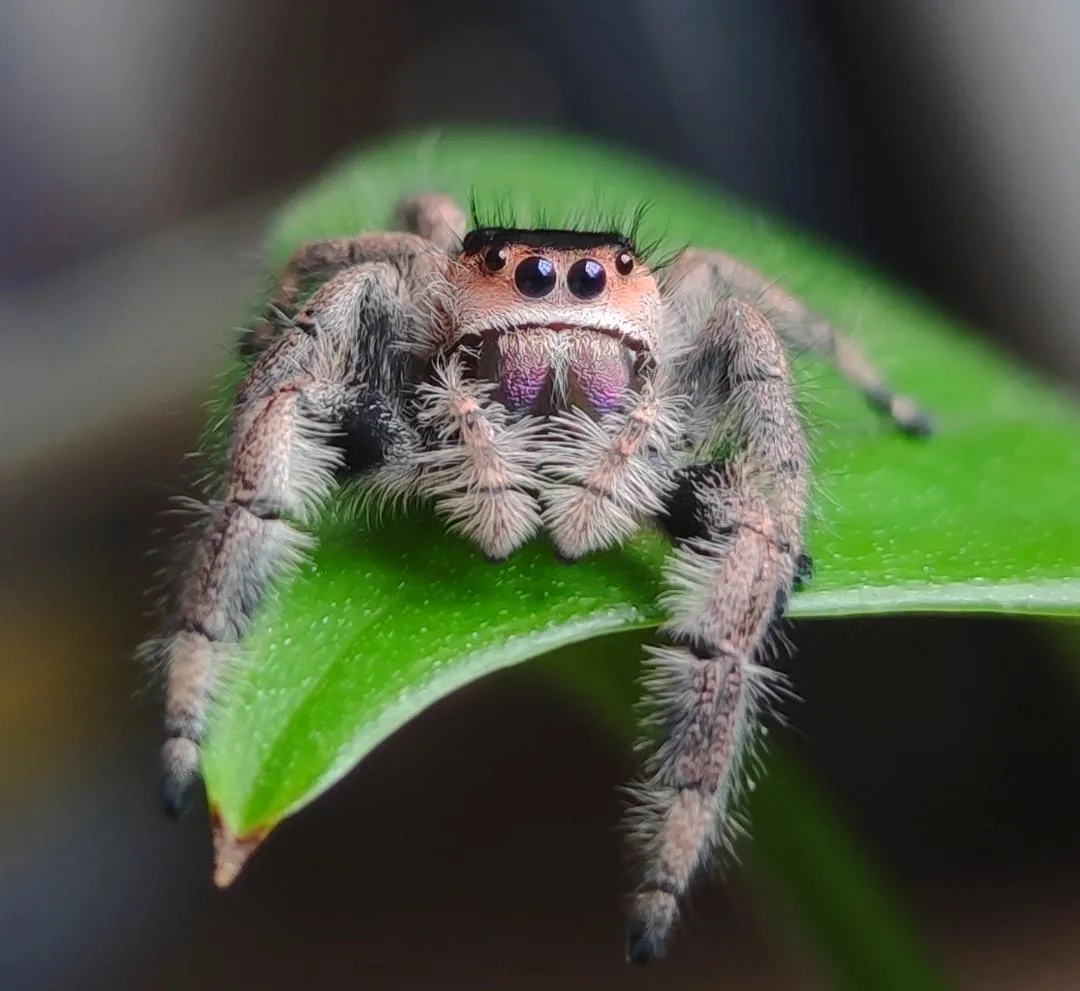
The frequency of molting varies significantly between different species of spiderlings. Fast-growing species, such as some tropical tarantulas, may molt more frequently, sometimes every few months when they are young. Slow-growing species, on the other hand, may molt only once or twice a year, especially as they mature. Researching the specific molting patterns of your spiderling’s species is crucial for providing appropriate care and anticipating its needs. Different species have evolved different life cycles, impacting how often they molt. This understanding can help you monitor your spiderling’s health and development effectively. For example, a certain species of tarantula may molt more rapidly during its early stages and then slow down as it reaches adulthood. Knowing the natural cycle specific to your spiderling allows you to create a suitable environment and plan for its needs.
Age
Age is a major factor in determining molting frequency. Young spiderlings molt much more often than adults. As they grow, the frequency of molting decreases. Spiderlings typically molt every few weeks or months during their first year. As they mature, the molting intervals increase, sometimes to once a year or even less frequently for adult tarantulas. Monitoring the molting frequency of your spiderling helps you gauge its growth rate and overall health. The faster the growth, the more frequent the molting. Conversely, a decrease in molting frequency often indicates a slowdown in growth, which is a natural part of the aging process. This pattern is generally consistent across most spider species, but the specific timing and rate of change can vary. This understanding helps with appropriate feeding and husbandry practices.
Temperature
Temperature plays a significant role in the molting process. Warmer temperatures generally speed up metabolism and growth, leading to more frequent molting. Keeping the enclosure within the recommended temperature range for your spiderling’s species is essential. Extremely high or low temperatures can disrupt the molting process, potentially causing problems. Consistent temperatures encourage regular molting cycles and help the spiderling thrive. Temperature significantly affects the overall health and well-being. A stable temperature also reduces stress, which helps in successful molting. Monitor and adjust the temperature as needed to ensure optimal conditions for your spiderling.
Humidity
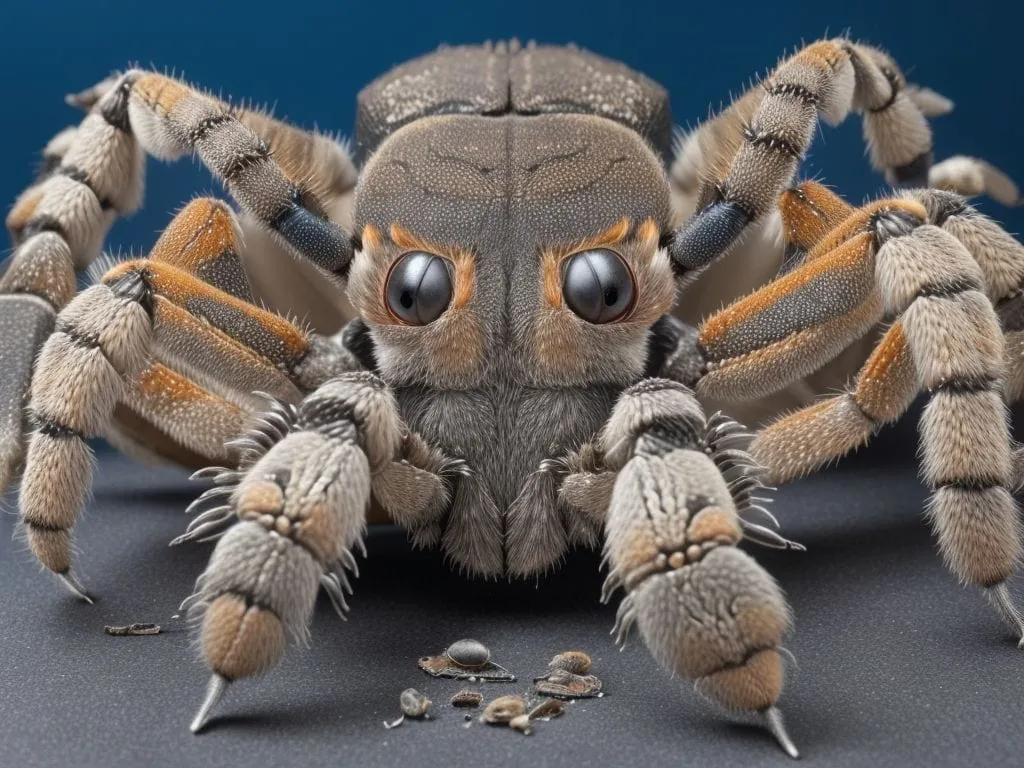
Humidity is another critical factor influencing molting frequency. Proper humidity levels are essential for successful molting. Low humidity can make it difficult for the spiderling to shed its old exoskeleton, leading to molting issues. High humidity can also be problematic, increasing the risk of fungal infections and other health problems. Researching the specific humidity requirements of your spiderling’s species is critical. Providing a suitable humidity level is crucial, especially before and during the molting process. This helps the new exoskeleton to form properly and allows the old one to shed easily. Proper humidity levels also support overall health and well-being and help prevent dehydration. Regular monitoring and adjustments of humidity are necessary to maintain a suitable environment.
Nutrition
Proper nutrition is essential for healthy molting. Spiderlings need a balanced diet to provide the necessary resources for growth and molting. A diet that’s rich in nutrients supports the development of the new exoskeleton. Overfeeding can lead to accelerated growth and more frequent molting, while underfeeding can stunt growth and delay molting. Providing a variety of appropriately sized prey items is critical for meeting nutritional needs. Be sure to avoid feeding your spiderling immediately before or during molting. The spiderling will often refuse food when it is preparing to molt. Feeding the right amount and frequency, according to the spiderling’s age and species, is vital. Always provide fresh water, too, to aid in hydration and overall health.
How to Support Spiderling Molting
Provide a Suitable Environment
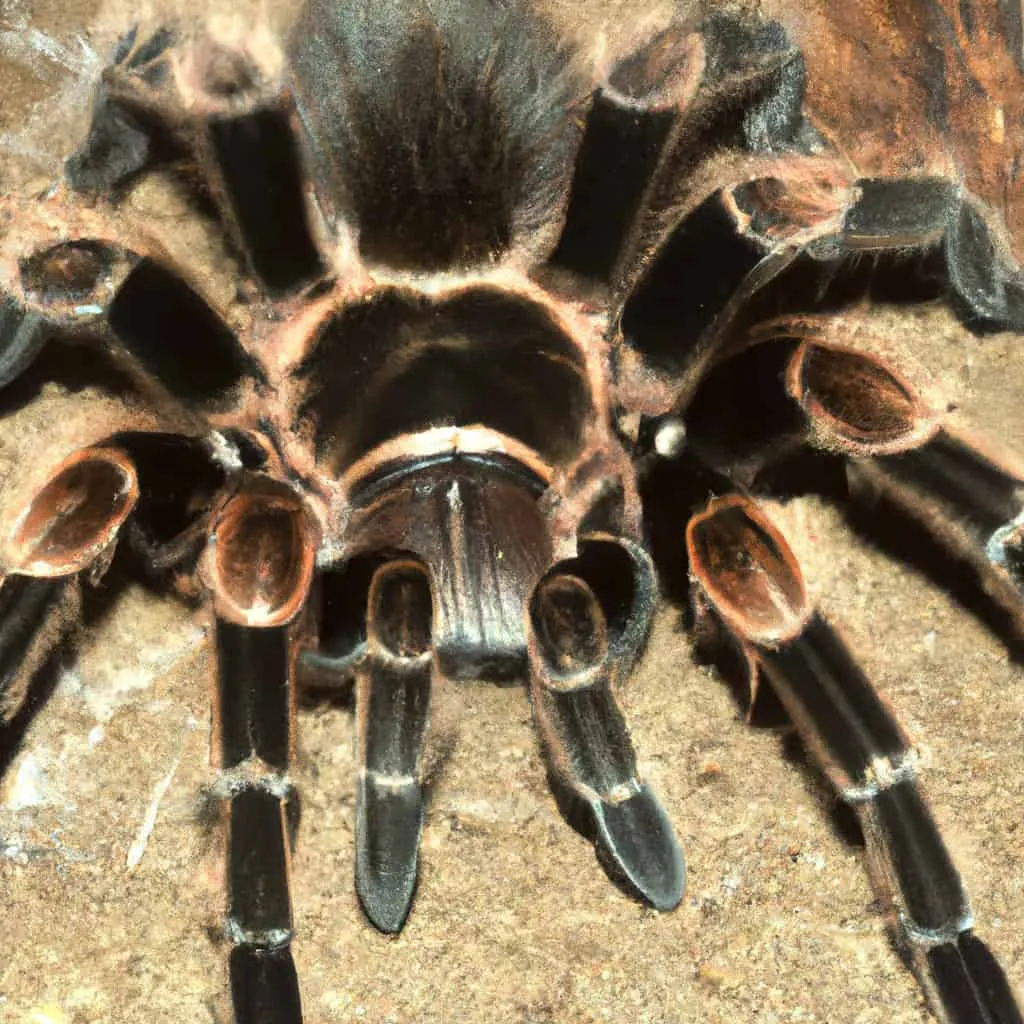
Creating a suitable environment is fundamental to supporting healthy molting. This includes maintaining the appropriate temperature, humidity, and substrate. The enclosure should be large enough for the spiderling to move around comfortably. Provide a hide or burrow where the spiderling can feel secure, as this is essential for reducing stress. The substrate should be appropriate for your species, offering adequate moisture retention and allowing the spiderling to burrow if necessary. Regularly clean the enclosure to maintain hygiene and prevent the buildup of waste and mold. Creating a comfortable environment minimizes stress and promotes successful molting. Remember that a stable and appropriate environment is crucial throughout the spiderling’s life, not just during molting. It is key to promoting the health and well-being of the spiderling.
Avoid Disturbances
Minimize disturbances during the molting process. Avoid handling your spiderling or disturbing its enclosure when you suspect it is about to molt. Loud noises, vibrations, and sudden movements can stress the spiderling and potentially interfere with the molting process. If the spiderling has sealed itself off in its burrow or web mat, do not attempt to uncover it. Provide a quiet and undisturbed environment, allowing the spiderling to molt in peace. Reducing stress can improve the chances of a successful molt and helps the spiderling remain healthy and thriving. Allowing the natural molting process to run its course is critical.
Do Not Feed During Molting
Do not feed your spiderling during the molting process. As mentioned, spiderlings often lose their appetite before molting. Feeding them during this time can stress them and potentially lead to regurgitation. Once the molting is complete and the exoskeleton has hardened, you can resume feeding the spiderling. Be patient and allow the spiderling to recover from the molting process before offering food. Offering prey too soon can cause stress and other health problems. Monitor for signs of a willingness to eat before offering food. Wait until the spiderling’s fangs are fully hardened and it shows interest in feeding again. This ensures proper digestion and absorption of nutrients.
What to do If Molting Goes Wrong
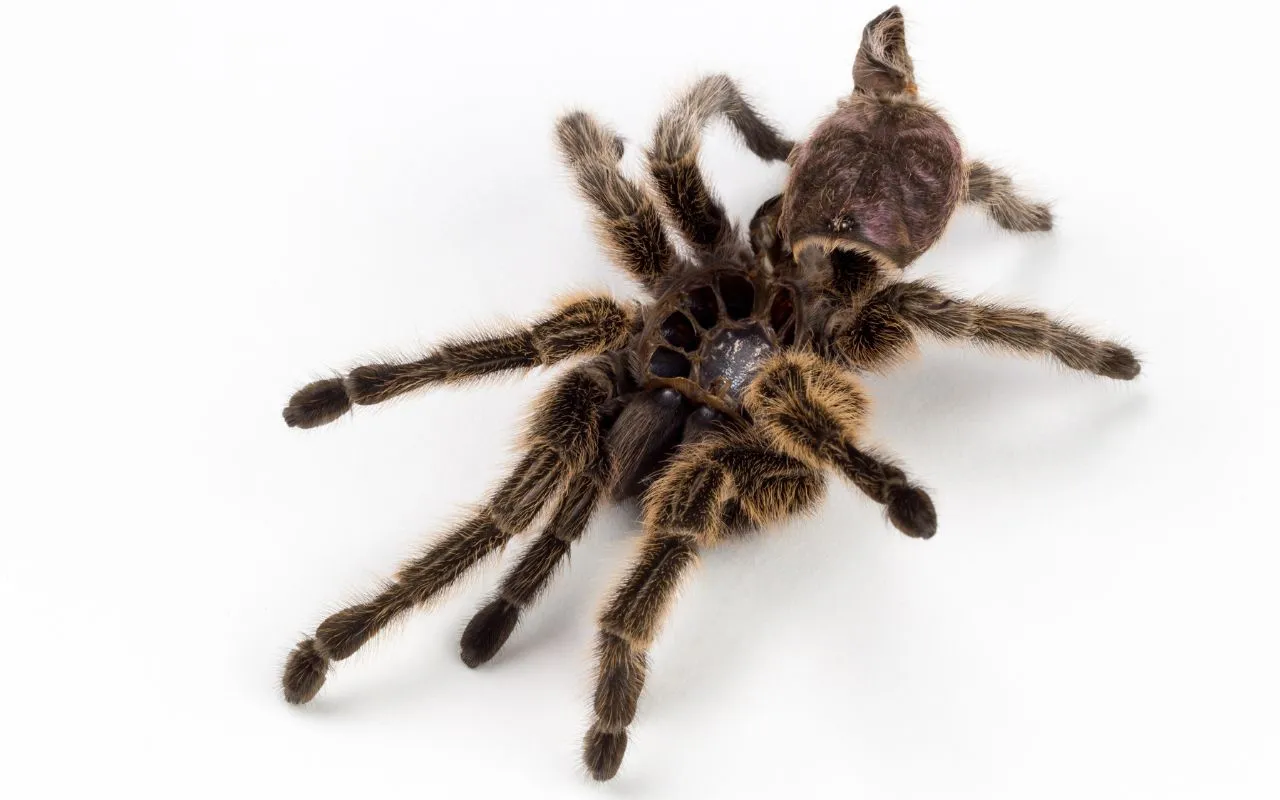
Common Issues
While molting is a natural process, sometimes things can go wrong. Common issues include incomplete molts, where parts of the old exoskeleton remain attached to the spiderling, or limb loss due to problems during the molt. Incomplete molts can sometimes be caused by low humidity or environmental stress. Limb loss is a serious issue that may require veterinary intervention. Keep an eye out for signs of a difficult molt. Problems during molting often point to underlying issues with the environment. Be sure to address the underlying issues. Early recognition and appropriate intervention are vital to minimize any harm and promote successful recovery. Providing proper care can reduce the risk of these issues.
When to Seek Veterinary Care
If you notice any significant problems during the molting process or if the spiderling appears to be struggling, consult a veterinarian experienced in exotic animal care. Signs that warrant veterinary attention include persistent incomplete molts, significant limb loss, or general weakness. Do not attempt to manually remove parts of the old exoskeleton, as this can cause serious injury. A veterinarian can assess the spiderling’s condition and provide appropriate medical care. Early veterinary intervention can significantly improve the chances of recovery and the spiderling’s well-being. Seek professional advice if you’re uncertain about the cause of molting problems. A qualified veterinarian can often identify and address any underlying causes.
